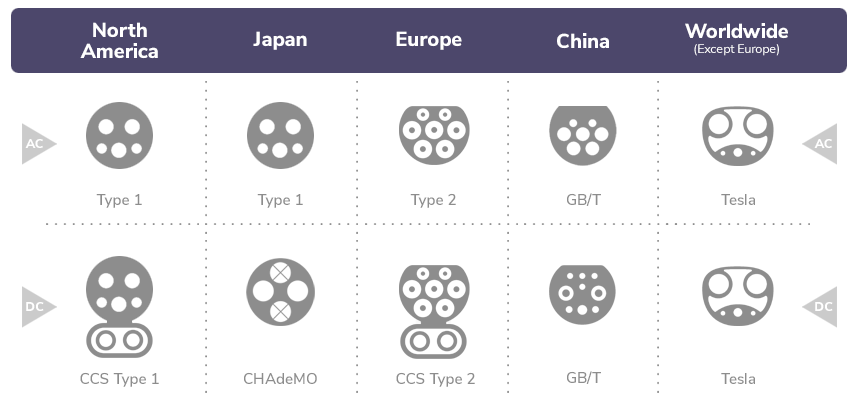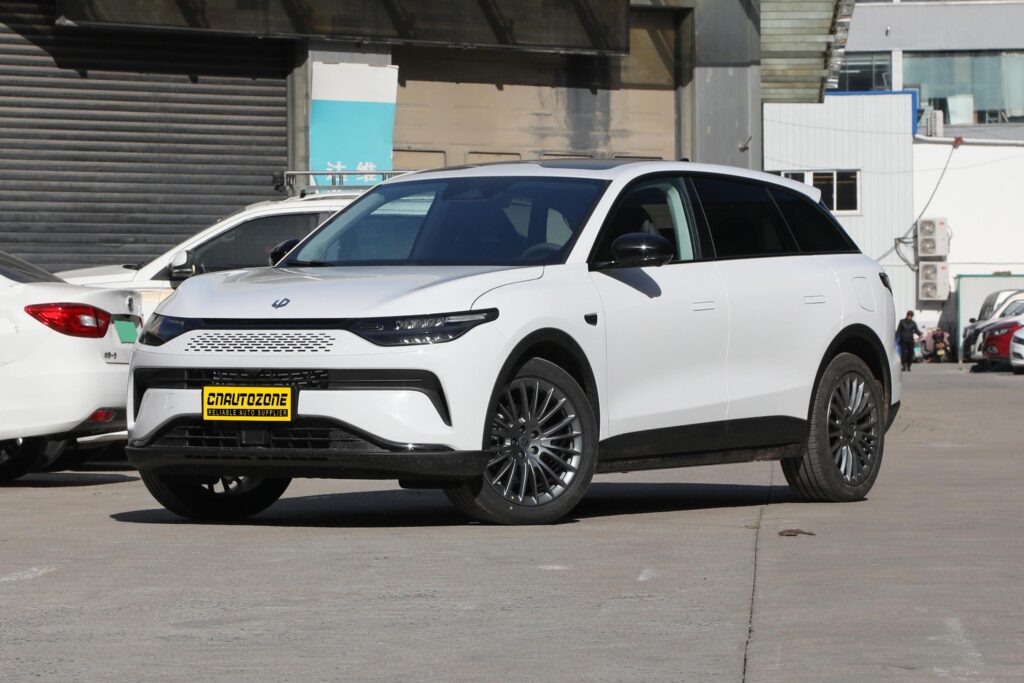As the global demand for electric vehicles (EVs) continues to rise, so does the need for reliable and efficient charging infrastructure. Central to this quest for optimal charging solutions are various charging standards that have emerged over the past decade. Among these, CHAdeMO, CCS (Combined Charging System), and GB/T are some of the most widespread options available today. Each standard has its unique characteristics, advantages, and challenges. In this post, we’ll delve into the differences between these three charging standards and provide insights into their applications and market relevance.

Understanding the Charging Standards
CHAdeMO
CHAdeMO, which stands for “CHArge de MOve” (French for “charge for moving”), originated in Japan and is primarily supported by Japanese manufacturers such as Nissan and Mitsubishi. Introduced in 2010, this standard uses a dedicated DC charging protocol that enables fast charging capabilities for compatible electric vehicles.
Key Features of CHAdeMO:
- Connector Design: The CHAdeMO connector features a circular design and is relatively larger than its counterparts. It typically operates at voltages of up to 500 volts and can charge at up to 62.5 kW, though recent developments have extended its capability to 150 kW.
- Bidirectional Charging: One of the standout features of CHAdeMO is its support for bidirectional charging. This means that not only can electric vehicles charge from the grid but also return energy back to the grid or power homes in instances of emergency, promoting the concept of vehicle-to-grid (V2G) technologies.
- Compatibility: CHAdeMO has been widely adopted in Asia and Europe, particularly for EVs from manufacturers such as Nissan, Mitsubishi, and some models from Kia and Honda.
Combined Charging System (CCS)
CCS has quickly become a dominant player in the electric vehicle charging landscape, largely due to the backing of major automotive manufacturers in North America and Europe, including BMW, General Motors, and Volkswagen. Launched in 2012, CCS combines both AC and DC charging capabilities into a single connector.
Key Features of CCS:
- Connector Design: The CCS connector resembles the Type 2 (Mennekes) connector prevalent in Europe but adds two additional DC pins beneath the existing AC pins. This design allows for seamless transitions between AC and DC charging, catering to various charging needs.
- Charging Speeds: CCS supports high power levels, with current installations reaching up to 350 kW. This means vehicles can be charged to significant levels in very short times, positioning CCS as a robust option for long-distance travel and highway charging.
- Market Penetration: As a result of its versatility and greater acceptance among automakers, CCS has become the standard in many regions, particularly in Europe and North America. Many new EV models, including those from Ford, Hyundai, Audi, and Porsche, feature CCS compatibility.
GB/T
GB/T, short for “Guó Biāo” (meaning “National Standard”), refers to the Chinese charging standard that was established in 2012. Reflective of China’s rapidly evolving automotive landscape, GB/T encourages the development and deployment of electric vehicles within the country.
Key Features of GB/T:
- Connector Design: The GB/T connector features an extended pin layout that is distinct from both CHAdeMO and CCS. The standard supports both AC (through Type 2 connectors) and DC charging.
- Charging Capability: GB/T can support charging speeds up to 240 kW, encouraging fast charging adoption across a broad spectrum of electric vehicles. The availability of various charging levels helps cater to the diverse needs of Chinese consumers and manufacturers.
- Market Dynamics: Given China’s ambitious plans regarding electric vehicles and the government’s support for domestic automakers, GB/T is becoming increasingly prevalent. Many leading EV manufacturers, including BYD, NIO, and Xpeng, adopt this standard.
Comparing the Charging Standards
Charging Speed
When comparing the three standards, charging speed is a fundamental differentiator. CCS consistently offers the highest charging rates (up to 350 kW), enabling quicker turnaround times for electric vehicles on the road. CHAdeMO, while initially competitive, has been surpassed in this aspect, although its bidirectional capabilities offer unique advantages. Meanwhile, GB/T finds itself in the mid-range spectrum, providing substantial charging speeds tailored to its market.
Global Reach and Adoption
The global EV market is dynamic, and the adoption rates of each charging standard vary significantly from region to region. CHAdeMO enjoys a strong presence in Japan and parts of Europe, while CCS has become increasingly dominant in North America and Europe. GB/T, on the other hand, is chiefly relevant within China, where local manufacturers embrace the standard to support domestic infrastructure.
Vehicle Compatibility
The choice of charging standard can significantly influence vehicle compatibility. Drivers who own vehicles from manufacturers like Nissan or Mitsubishi often opt for CHAdeMO, while those with European or American brands lean towards CCS. In contrast, the majority of EVs sold in China will be equipped with GB/T.
Conclusion
While CHAdeMO, CCS, and GB/T each have their advantages, the rapid evolution of electric vehicle technology and infrastructure means that the landscape is constantly changing. Advances in charging speeds, connector designs, and compatibility are all contributing to a more interoperable environment for electric vehicle charging.
As the EV market continues to expand, standardization efforts and collaborations among manufacturers may ultimately lead to greater harmony among these charging standards. Ultimately, the choice between CHAdeMO, CCS, and GB/T may come down to individual needs, geographic location, and the specific electric vehicles consumers choose to drive. As electric vehicles move from niche products to mainstream transportation methods, the importance of an effective and accessible charging ecosystem will only grow.
In this electrified future, understanding the nuances between CHAdeMO, CCS, and GB/T will empower consumers, manufacturers, and policymakers to make informed decisions shaping the EV infrastructure landscape. cnautozone car expert

